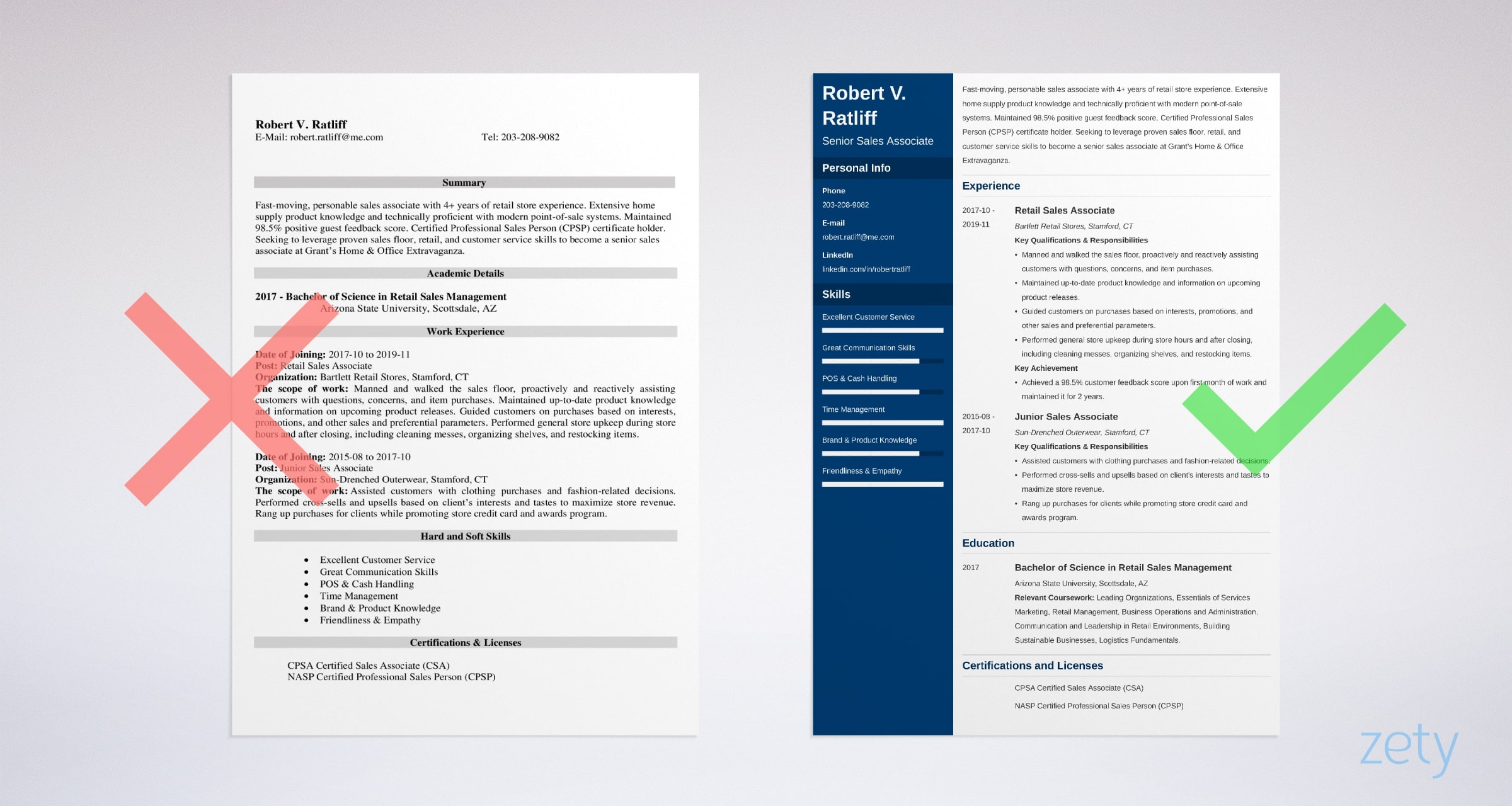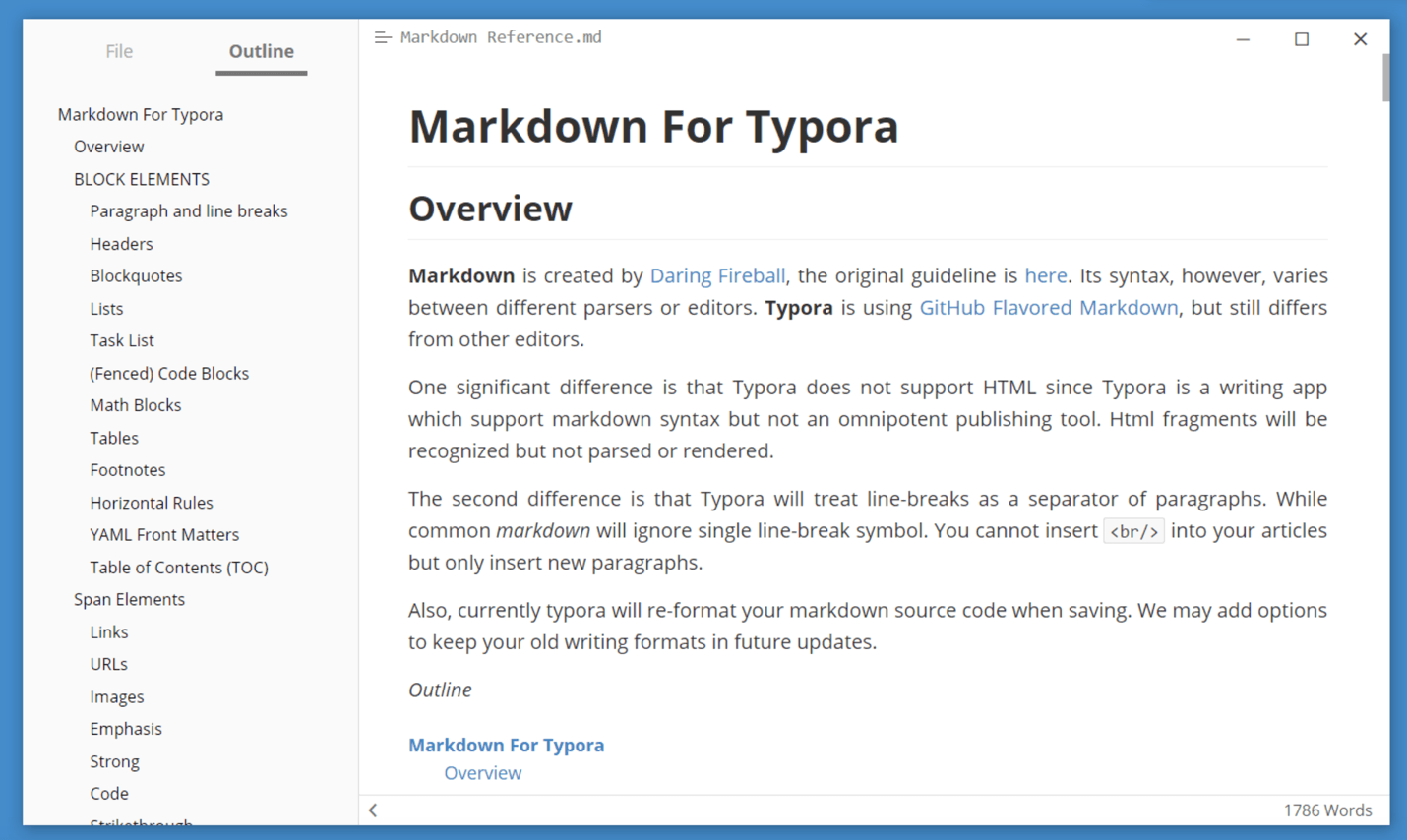Convert Markdown files to PDF. With our free online tool you can convert MD to PDF easily directly in your browser. Made by the people behind popular PDFCreator. Jun 09, 2020 Converting Markdown to PDF files is a great way to bring your Markdown files like documents or if you want a different output method other than HTML. In this case, listed below are tools you can use to convert your Markdown files to PDF. Awesome Markdown to PDF! Upload resume.md to stranger server? + Try Offline Web App! How to use md2pdf? Click button choose.md file. Edit in editor (left panel). Click Transform! Switch 'Destination' to Save as PDF. Chrome recommended; Tips. Resize the layout what you want. After click Transform button, inverse the checkbox of. I've previously asked about the commands for converting R Markdown to HTML. What is a good way to convert R Markdown files to PDF documents? A good solution would preserve as much as possible of the content (e.g., images, equations, html tables, etc.). Create a readable stream from path and pipe to markdown-pdf. Path can be a single path or array of paths. From.string(string) Create a readable stream from string and pipe to markdown-pdf. String can be a single string or array of strings. Concat.from.paths(paths, opts) Create and concatinate readable streams from paths and pipe to markdown-pdf.
In the previous tutorials we’ve learned about the R Markdown format and how to create a report using R Markdown in RStudio. In this tutorial, we will render or knit an R Markdown document to a web friendly, html format using the Rknitr package. knitr can be used to convert R Markdown files to many different formats including: html, pdf, GitHub markdown (.md) and more.
Learning Objectives
At the end of this lesson, you will:
- Be able to produce (
knit) anhtmlfile from anR Markdownfile. - Know how to modify chuck options to change what is rendered and not rendered on the output
htmlfile.
What You Need
You will need the most current version of R and, preferably, RStudio loaded on your computer to complete this tutorial. You will also need an R Markdown document that contains a YAML header, code chunks and markdown segments.
Install R Packages
- knitr:
install.packages('knitr') - rmarkdown:
install.packages('rmarkdown')
What is Knitr?
knitr is the R package that we use to convert an R Markdown document into another, more user friendly format like .html or .pdf.
The knitr package allows us to:
- Publish & share preliminary results with collaborators.
- Create professional reports that document our workflow and results directly from our code, reducing the risk of accidental copy and paste or transcription errors.
- Document our workflow to facilitate reproducibility.
- Efficiently change code outputs (figures, files) given changes in the data, methods, etc.
Pandoc From Markdown To Pdf
The knitr package was designed to be a transparent engine for dynamic report generation with R – Yihui Xi – knitr package creator
When To Knit: Knitting is a useful exercise throughout your scientific workflow. It allows you to see what your outputs look like and also to test that your code runs without errors. The time required to knit depends on the length and complexity of the script and the size of your data.
How to Knit
To knit in RStudio, click the Knit pull down button. You want to use the Knit HTML option for this lesson.
When you click the Knit HTML button, a window will open in your console titled R Markdown. This pane shows the knitting progress. The output (html in this case) file will automatically be saved in the current working directory. If there is an error in the code, an error message will appear with a line number in the R Console to help you diagnose the problem.
Data tip: You can run knitr from the command prompt using: render(“input.Rmd”, “all”).
View the Output
When knitting is complete, the html file produced will automatically open.
Notice that information from the YAML header (title, author, date) is printed at the top of the HTML document. Then the html shows the text, code, and results of the code that you included in the Rmd document.
Challenge Activity

Add the code below to your .Rmd document. Then knit to .html format.
When you knit your .Rmd file to pdf, the plot you produce should look like the one below. Not so pretty, eh? Don’t worry - we will learn more about plotting in a later tutorial!

Convert Markdown To Pdf Python
Where is the File?
In the steps above, we downloaded a file. However, where did that file go on your computer? Let’s find it before we go any further.
Is the boulder-precip.csv file there?
I tend to use markdown almost unconsciously when taking notes or expressing thoughts or ideas in a text editor. But on several occasions I’ve had the need to share what I’ve written with a non technical person and handing off markdown to them seems a bit so-so. So after a few of these incidences I settled the matter and decided to investigate if there was an easy way to just generate a pdf file from markdown from the command-line in MacOSX. A quick tour on google and you’ll find this excellent gist that describes more or less how to get it working. The problem was that everything didn’t quite work for me (I later found out that a fix was written in the comment but I didn’t know at the time). These are the two things that I had to do differently:
- When it says that you should do
brew tap phinze/caskI simply ignored this step and went directly tobrew cask install mactex - When it’s time to create a symlink the gist instructs us to do
sudo ln -s /usr/texbin/pdflatex /usr/local/bin/but instead I had to doln -s /Library/TeX/Root/bin/x86_64-darwin/pdflatex /usr/local/bin/pdflatex
Here are the instructions in its entirety:
Now you should be able to run pandoc from the command-line and generate pdfs like this:

Convert Markdown To Pdf Linux
Great! But I’m not using pandoc regularly so in order to make it a little easier to remember I wrote a small bash script that I’ve named md2pdf:
After some chmod +x md2pdf and having copied it to /usr/local/bin this allows me to simply write:
and it'll generate a file called some.pdf. It's also possible to specify another directory or filename if you like:
That's it!
